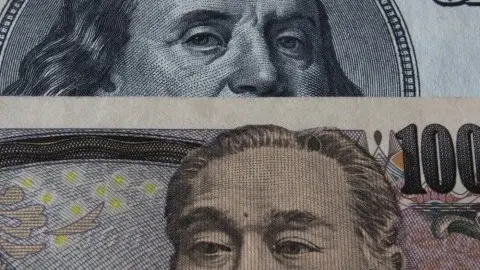China: Changing the nature of retaliation on trade
It may not be until September that we'll be able to assess the extent of China's qualitative retaliation to the overnight announcement by the US of an additional 10% tariff on $200 billion worth of goods
Qualitative retaliation, but how?
Chines imports from the US reached only $168 billion in 2017. So, after tariffs on $34 billion worth of goods, with an additional $16 billion in the pipeline, the overnight announcement (11 July) of a 10% tariff on a further $200 billion of goods means that China will likely retaliate "qualitatively", as previously indicated by the Chinese authorities.
Here are some measures we believe are possible (definitely not an exhaustive list). The uncertainty surrounding such qualitative retaliation could be a cause of concern for markets.
- We believe that the most likely "qualitative" retaliation is a version of the "Lotte Department store model" (a Korean store forced to shut down by the Chinese government after missiles were installed on land the company sold to the South Korean government). As they are opening up their market to the rest of the world, China should tread cautiously in making life difficult for US companies operating in China. But, they could, if they feel they need to, make US business operations on the mainland more cumbersome, making it clear that this is only a retaliation to US tariffs and specific to US companies. It is likely that European and domestic brands would emerge as winners.
- China can also limit tourists visiting the US, bringing business worth $115 billion in 2017 according to Xinhuanet. China will probably not limit students going to the US for study because these students are a source of future talent for the country.
- The final weapon is not the currency, but US treasuries. Even reshuffling the foreign exchange reserve portfolio slightly by selling some US treasuries and investing more in other sovereign bonds could push up US borrowing rates.
Quantitative retaliation is on the cards
Apart from qualitative measures, China could continue its retaliation quantitatively.
China could impose a higher tariff rate on US goods. They could also impose import quotas on US goods though this would probably violate WTO rules, and as China wants to maintain its strong reputation in the WTO, this would not be ideal.
China is more likely to win the trade war
When the US started the trade war, it turned away from a free-market model to a more planned economy. China had previously operated as a planned economy for many years.
China has already announced that the tariffs collected from US would be given back to Chinese companies affected by the trade war. China can also provide tax relief for affected exporters and provide incentives for exporters to sell their goods, either in the domestic market or through exploring possibilities in non-US foreign markets.
All these measures could come into effect more quickly in China than in the US, which has a more complicated administrative process.
This is not just a trade war – but rivalry for global economic leadership
China has started to pour money into technology R&D. But it will take some time for this to bear results. Meanwhile, we expect that the US administration will continue to put pressure on Chinese technology companies operating in the US.
USDCNY forecast now at 7.0 by the end of 2018
Our revisied USCNY forecast at 7.0 by the end of 2018 seems more likely than before, especially after foreign reserves rose in June. We believe that the yuan is going to depreciate against the dollar in the middle of this trade war. A 7.0 may look weak but compared to other Asian currencies, it is not the weakest.
This publication has been prepared by ING solely for information purposes irrespective of a particular user's means, financial situation or investment objectives. The information does not constitute investment recommendation, and nor is it investment, legal or tax advice or an offer or solicitation to purchase or sell any financial instrument. Read more
Download
Download article
11 July 2018
In case you missed it: The trade war is on This bundle contains 6 Articles
